

 |
|
|
An Online Newsletter Showcasing Our Programs for the Month of May 2025! |
|
|
This month, we continue our design exhibition Path to the Perfect Cup: Coffee Culture in Japan. If you haven’t had the chance to visit yet, we encourage you to stop by and explore the rich traditions and innovations behind Japan’s coffee culture. In addition, we’re excited to host a Historic Matcha Tasting Game with a 10th-generation tea master, featuring a Japanese tea ceremony demonstration followed by Tōcha [闘茶], the traditional tea-tasting game. Our Talk Series: 5 Dimensions of Japanese Architecture continues with Part 4, 「陰影」IN/EI: Images of Japanese Architecture, exploring the subtle beauty of light and shadow in design. We’re also presenting Part 2 of our Online Lecture Series: Japan and Kami, which will highlight the story of the Lady Blue Dragon at Kami Daigoji. For Japanese language learners, don’t miss our Japanese Conversation Café – Tea Time at Santa Monica College, where you can enjoy tea and casual conversation in Japanese by the ocean. Our fall term Japanese language classes are already underway, so be sure to check back soon for future offerings if you're looking to start or continue your Japanese language studies. Finally, the latest lineup of films from our headquarters' Online Japan Film Festival is now live. Be sure to explore this new collection, which showcases diverse regions and stories from across Japan. One quick note: We've noticed that Google Maps has been incorrectly marking our location. Please make sure your search directs you to Mid-Wilshire, between Masselin and S Curson Ave. The entrance is located on Courtyard Place. You can find a map and street view of our building below for easy reference.
|
|
 |
DESIGN EXHIBITION Coffee culture is currently in a “third wave” that emphasizes an artisanal approach to the beverage by considering the source of the coffee bean, its level of roasting, and the method of brewing. There are various ways to brew coffee, each of which involves a particular tool and technique. Perhaps the most popular brewing tool is the dripper, and the best-known examples are produced by companies in Japan. But why, if Japan is traditionally associated with tea, is this the case? It can be argued that Japan’s tea culture is the foundation upon which Japanese coffee culture flourished to its current form. Music and entertainment from the West had been integrated into Japanese popular culture alongside coffee, resulting in social establishments such as the coffee-focused kissaten. This exhibition, organized in collaboration with Kurasu, explores the effects that coffee has had on Japan and, simultaneously, the extraordinary contributions that Japan has made to the global coffee community. |
|
|
WORKSHOP The 10th-generation headmaster [Iemoto 家元] of the Hosokawa Tea School [細川御流] in Kyoto will visit Los Angeles for a special cultural event. The program features a demonstration of the Japanese tea ceremony, followed by an exciting workshop of a historical tea tasting game – Tōcha [闘茶]. Originating in China, Tōcha was introduced to Japan in the 13th century and gained popularity through the Muromachi era. It became so wildly popular among samurai warriors, that it was eventually banned in the 14th century. In this refined yet playful activity, participants taste different teas and attempt to identify their origin and type by evaluating subtle differences in flavor, aroma, and the way the tea foams in the bowl. It is a practice that sharpens the senses and celebrates the richness of tea culture. |
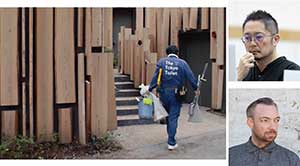 |
ONLINE JAPANESE TALK SERIES Co-Organized by UCLA Terasaki Center for Japanese Studies UCLA Department of Architecture and Urban Design, UCLA xLAB To discuss Japanese architecture, this talk series is organized around five concepts unique to Japan: MA, KANE, HAI/KYO, IN/EI, and SUKI. Renowned Japanese architects and scholars will speak at each symposium about their ideas on architecture and the works they have produced. This series offers a unique opportunity to deepen your understanding of Japanese architecture and its cultural concepts by featuring their insights, enriching your perspective on this distinctive architectural heritage through the lens of contemporary practice. The fourth session will discuss the concept of「陰影」 (IN/EI). IN/EI refers to the concept of shadows that highlights the importance of darkness as a vital element in representation, contrasting with the Western focus on light and clarity, and emphasizing the true essence of architecture and form. |
|
|
ONLINE LECTURE SERIES Seiryū Gongen is the name of a dragon deity believed to have traveled to Japan from China in the early ninth century. Since her storied arrival in Japan, Seiryū has become the focus of a rich tradition of localized worship at a Buddhist temple in Kyoto Prefecture called Daigoji. There, she is understood to reside within the sacred spring water of Mount Daigo, upon which Daigoji was established in 874. This lecture will examine various dimensions of Seiryū’s veneration at Daigoji between the tenth and twelfth centuries. I consider not only how her identity transformed at Daigoji, but also how her status as a feminine dragon deity informed the development of worship traditions at this remote mountain temple. Links between dragons and water led to Seiryū’s ascension as a central figure in rituals that held great importance to the imperial family, including rain-making and safe birth practices. Simultaneously, surviving images of Seiryū indicate that her role at Daigoji may have allowed noble women to feel embodied upon the sacred mountain, even if their presence would not have been permitted there in this life. This is the second lecture in a four-part series that will explore the various relationships that exist between Japanese culture, Shinto, and its deities. |
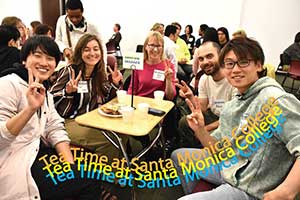 |
JAPANESE CONVERSATION CAFE We're bringing our ever-popular “Tea Time” Japanese conversation tables to Santa Monica College again! Come explore the campus, take in some sunshine and breezy ocean air, and meet new friends while honing your Japanese conversation skills with native Japanese speakers! All Japanese levels are welcome -- Japanese language experience is not necessary; this event is open to everyone. The entire cafeteria space will be reserved for our event and JFLA will serve Japanese snacks and tea. We’re excited to meet all of you! |
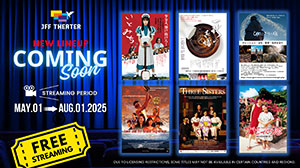 |
ON DEMAND Discover the rich cultures, traditions, and landscapes of Japan through a curated selection of six feature films and eight upcoming videos, each highlighting a different region and the lives of its people. Now Revealing the Six Featured Films: Aomori
Ishikawa
Kagoshima
Okinawa
The eight video features showcasing more local gems are coming soon. All content is available for free with multilingual subtitles on JFF Theater. Availability may vary by country or region due to licensing restrictions. |
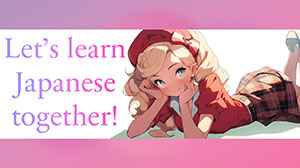 |
JAPANESE CLASS SPRING IS IN SESSION!
|
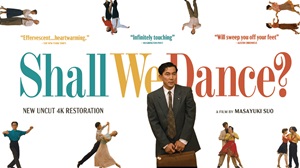 |
JAPANESE FILM SCREENING Shohei Sugiyama (Koji Yakusho) seems to have it all – a high-paying job as an accountant, a beautiful home, a caring wife and a doting daughter he loves dearly. However, he feels something is missing in his life. One day while commuting on the train he spots a beautiful woman staring wistfully out a window and eventually decides to find her. His search leads him head-first into the world of competitive ballroom dancing. |
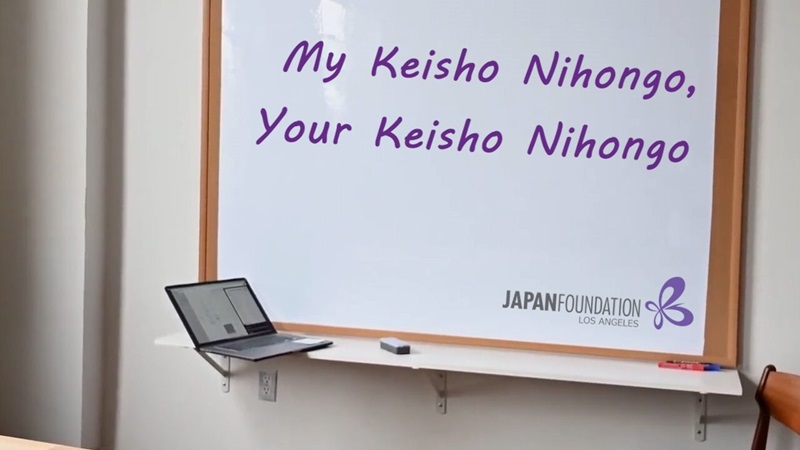 |
|
|
New Video Interview Series: My Keisho Nihongo, Your Keisho Nihongo Being a Keisho Nihongo/Japanese-as-a-Heritage-Language (JHL) learner, as opposed to a Japanese-as-a-Foreign Language (JFL) learner, can carry with it a set of unique challenges when there is a lack of local access to specialized education and community. Bicultural identity, especially in countries rich in diversity like the U.S., can factor into these learners' language acquisition and can be difficult for them to navigate. In this interview series, we talk with Keisho Nihongo learners about the personal challenges they faced and what helped them overcome those challenges. We hope that the advice, perspectives, and unique stories offered in these interviews will help and motivate other Keisho Nihongo learners throughout the U.S. William Kimmel: https://youtu.be/cQ-hhFGQUrk Luke Palermo: https://youtu.be/Y3EopxyplYs |
|
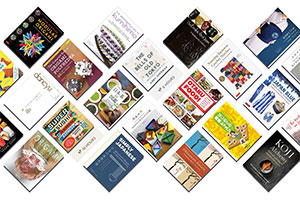 |
General Invitation to Join JF USA Digital Library We recently renewed and added many new books in coordination with our New York and Toronto offices for our patrons in the US and Canada. There have also been an uptick in the number of applicants as well, which shows that this is a very popular service. We have also updated the application survey and the confirmation emails are still going out once a week on Wednesdays by 6:30PM pacific time. If you register and do not receive a welcome email from us within a Wednesday of registering, please contact us so we can help you out. |
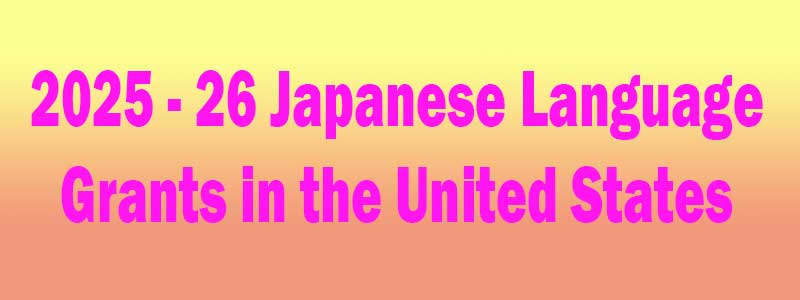 |
|
|
2025-2026 Japanese Language Grants Now Available! Grant for Nationwide/Statewide/Region-wide Events for Learners Grant for Nationwide/Statewide/Region-wide Projects for Teachers Grants for Individual Japanese Language Programs Advocacy Support Letter Click Here to contact us and select Anything Related to Japanese Education. |
|
Japanese Language Education Update 136
As May begins, Japan celebrates Golden Week, a time of national holidays and relaxation. Meanwhile, here in the United States, many school districts are entering a busy season with AP testing and the approaching end of the academic year. Some schools won't end until well into June, but regardless of the timeline, we extend our heartfelt congratulations to educators across the country. Thank you for your hard work and dedication—wishing you all a well-deserved and restful summer break! We are excited to announce the latest volume of the Japan Foundation's Journal on Japanese-language Education, which features articles and reports authored by Japanese-language education specialist, professionals assigned abroad, and staff members working on the Japan Foundation's language education projects. The journal highlights discussions, practices, surveys, and research related to Japanese-language education across various countries and regions, providing valuable insights for those involved in the field. You can read the latest journal here and we will post a call for submission for the next volume in the June edition of our newsletter! We’ve noticed that many schools have yet to complete our survey, and we’d still love to hear from you! If you receive an email from us, please take a moment to share your feedback. Your input is essential for helping us assess the state of Japanese language education in the U.S. We appreciate your time and effort in responding to the survey. If you have any questions, Click Here to contact us and make sure to select Japanese Language Education Survey. Thanks again for your support! |
|